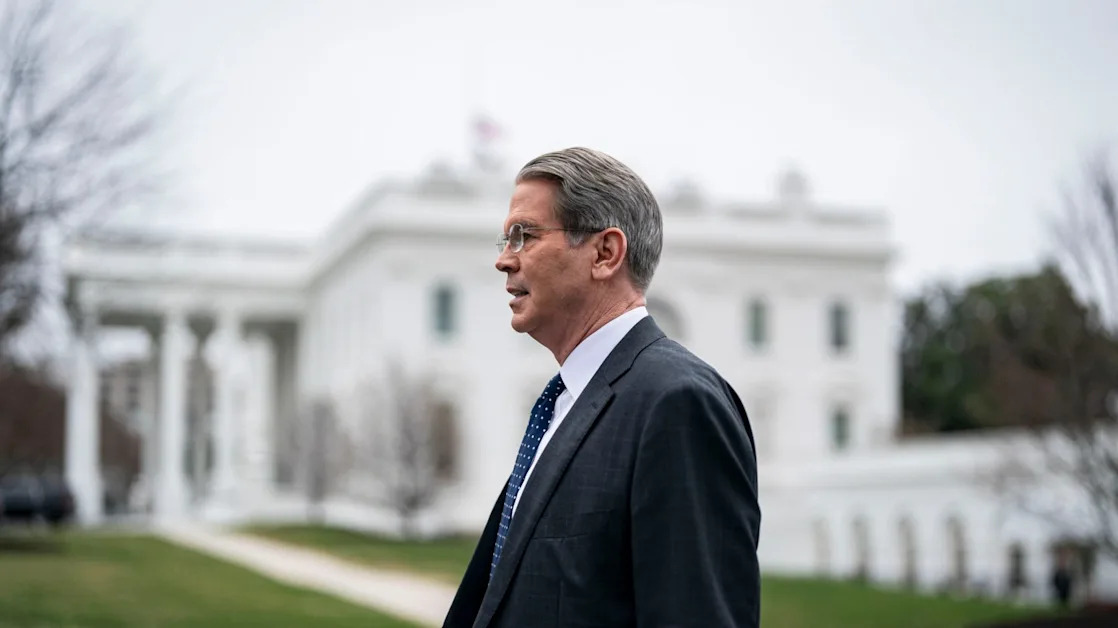(Bloomberg) -- A gauge of Australia’s monthly inflation came in slightly faster than expected in April, coinciding with a period of tariff turmoil that roiled markets and encouraged the Reserve Bank to lower interest rates last week.
The Consumer Price Index indicator stayed at 2.4%, compared with economists’ estimate of 2.3%, data released by the Australian Bureau of Statistics showed on Wednesday. The headline figure has now been inside the RBA’s 2-3% band for nine months.
The trimmed mean measure, which smooths out volatile items such as food and energy and is the focus of the RBA’s attention, rose to 2.8% in April from 2.7% in the prior month. The central bank has been monitoring core inflation as government rebates and subsidies have somewhat suppressed the headline figure.
The Aussie dollar edged higher and the benchmark share index pared gains after the data.
The RBA cut its cash rate by a quarter-percentage point last week to 3.85%, its second reduction for the year, as policymakers view risks of another burst of price pressures to be receding. Governor Michele Bullock signaled after the decision that she’s more concerned about downside risks to economic growth as trade turmoil and geopolitical upheaval come to the fore.
While the monthly gauge isn’t as comprehensive as the quarterly data that guides central bank policy, it nonetheless gives RBA officials a sense of the trajectory of consumer prices. Still, with the Trump administration’s tariff regime threatening global activity, inflation is likely to begin to take second place to concerns about the economic outlook.
The RBA next meets on July 7-8 and traders are pricing about a 70% chance of a cut at that meeting and reckon there’s a high chance of three more rate reductions this year.
Wednesday’s report also showed:
--With assistance from Shinjini Datta.





